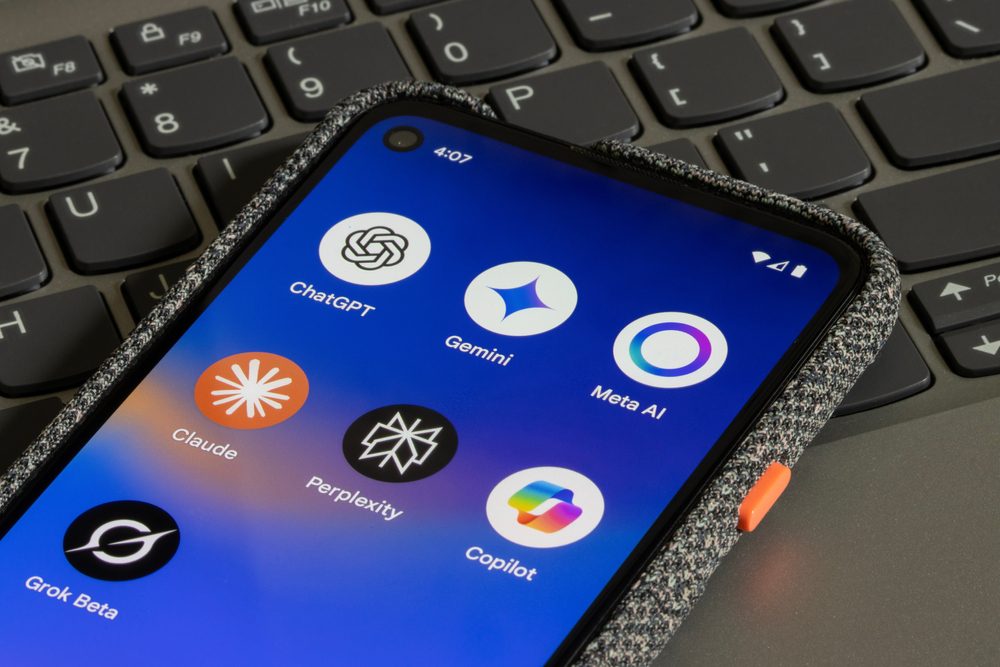While it makes sense in hindsight, at the time, circa August 2009, we found ourselves completely blown away by the size and scope of the incentive marketing space. For us, incentive marketing had always been associated with a user funnel that began with an explicit hook to the user, get a free x,y,z. That changed last year with the rise in popularity of social games and the dominance of the Facebook application platform. It wasn’t as though social games didn’t exist before 2009, and it wasn’t as though casual games didn’t exist long before that. The same goes with incetivized advertising. But something changed when the two got together. When leveraging that almost compulsive need to unlock the next level in a game with a pay wall which users can bypass if they convert on offers, something unexpected happened, serious monetization, the timing of which worked out well for both. Incentivized marketing had the offers and the tracking, but it lacked high growth inventory. The social games had high growth inventory but no obvious means for monetization. It was a match not quite made in heaven, but it did make for some heavenly returns. And, the two made these returns by and large under the radar of almost all of us for quite some time. Then, last November, controversy struck and it seemed as thought it might derail both industries.
The challenge with the incentivized landscape, and what in many ways led to the negative press for social game developers and the alternative payment platform companies that helped them monetize their traffic, is the lack of offers. There are only so many offers that allow for incentivization, and that’s OK if you see a user once and they have to complete a handful of them to obtain their prize. We saw it become a bigger challenge once the incentive promotion offers started to reach the $500+ mark, as users struggled to find enough offers they wanted to complete. The system just wasn’t designed to handle that type of quantity in offers per user, and despite the advances in promotion types, the system itself didn’t change that much. Enter the social games, where instead of users entering a funnel once, and often by accident, you had people looking to earn virtual currency on a regular basis. They had the interest; they just lacked the options. That meant incentive advertisers who understand the dilemma had to become more and more creative to leverage the demand. And we know what happens when companies get too creative. It’s like dust. You can sweep it under the rug until what needs sweeping under is no longer a microscopic proportion of the whole.
In the fallout that occurred from the attention, the incentive space was temporarily put on notice. The payment platforms removed quite a few advertisers and their traffic sources did the same. But, with 200 million people added to Facebook last year alone, the demand and opportunity to monetize is simply too great to ignore. Today, either the reset button has been hit on the space or there are other fish to fry, because the negative attention has passed, and it’s back to business as usual… with a twist. That twist comes courtesy of what sounded like a joke when we heard it suggested by the inimitable Noah Kagan, the idea of leveraging what those playing games on social networks have the most of, and it isn’t money. It’s time. And, as the saying goes, time is money. In this case literally, thanks to Offerpal and Amazon who it was announced are working together to let users earn virtual currency by signing up to do tasks on Amazon’s work exchange, the Mechanical Turk. Amazon’s site makes it seem so easy for both sides, and such work marketplaces have worked well within specific verticals, such as 99designs for graphics work and oDesk for tech related activities. Amazon’s version, like the store itself, is overwhelming in its scale and an utter mess.
Amazon calls the core unit of work a HIT, short for human intelligence task, where users receive compensation for completed hits. A quick browsing of Amazon’s version of the Turk shows the per hit can be incredibly low, the equivalent of a few dollars per hour, and that’s if you are efficient. It’s the Turk’s implication on our industry that is both fascinating and utterly scary. While Amazon didn’t intend to create a decentralized network for fraud, that’s just what they’ve done. In the past, there was a slightly greater hurdle to conducting fraud, as it required a person to understand outsourcing. Now, you do not need to understand or have contacts in the outsourcing world. You just need to post a project. And not surprisingly, that’s what some have already done. A simple search of available tasks yielded, "Do a 10 question Quiz / Survey and be paid $5! Very easy and fast," "Finance Center – Easy work, check form for errors (Bonus Available)","Copy a single line of text and paste into our website – easy money","Quick Test Sign Up of New Website" and hundreds more. As you might guess, the payout is on a conversion for an offer with some just being more clever about how they phrase it. That Amazon’s Mechanical Turk would end up facilitating fraud is almost historical irony as the original Mechanical Turk was also a scam.
 Network
Network

